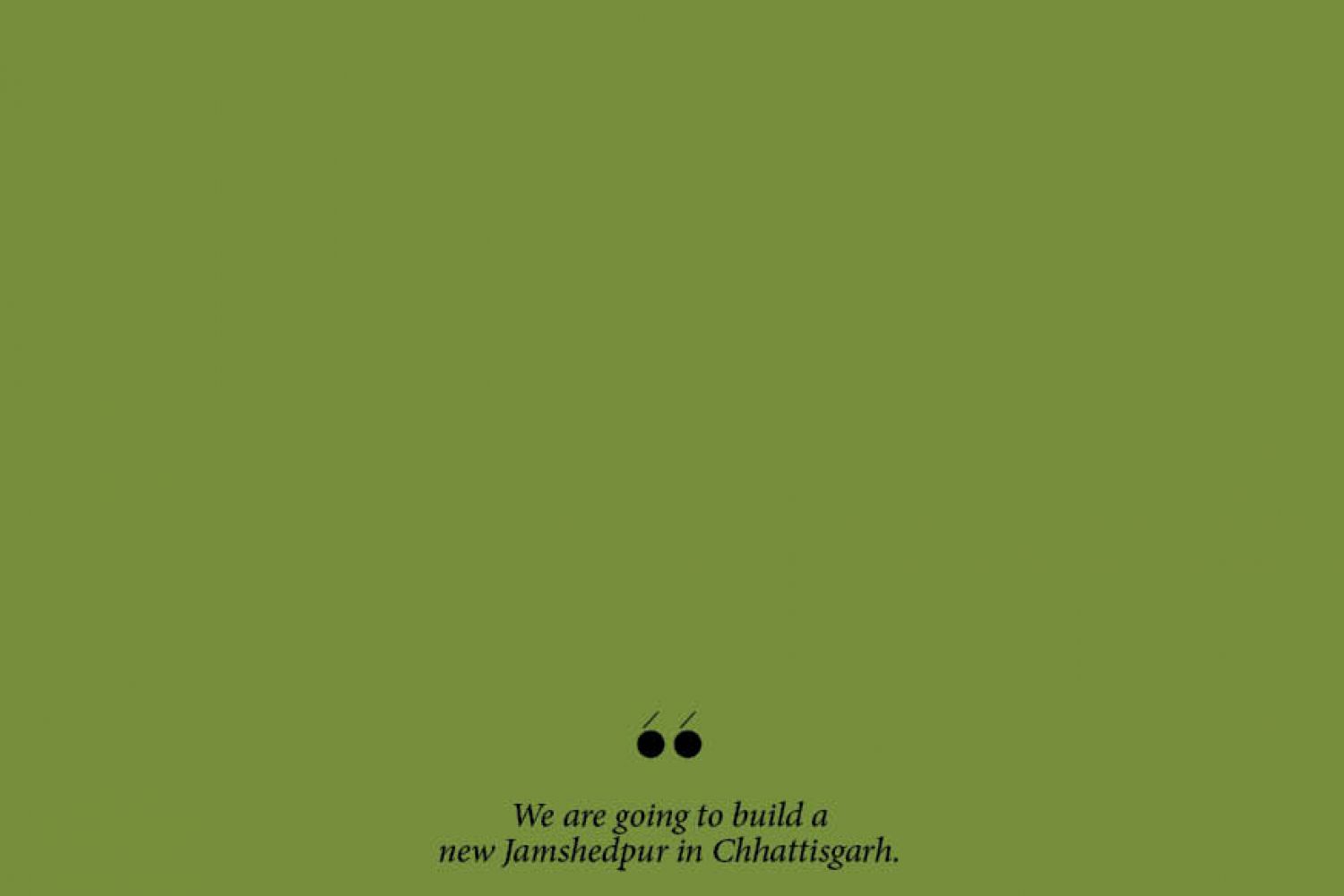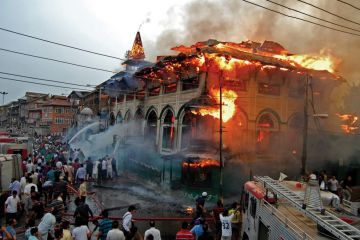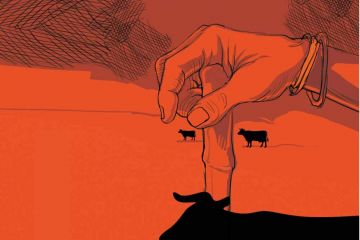
I had played in this
parlour, the parlour of the plutocrats, as a young child growing up in the
august environs of the Tata Iron and Steel Company Limited (TISCO), perhaps one
of the most highly regarded institutions of India in the 1970s and 80s.
While we did not seem
to have the kind of money my friends from business families had access to, the
absence of such a privilege was more than made up for by the perks that came
with my father’s position at the organisation—the clubs, the





